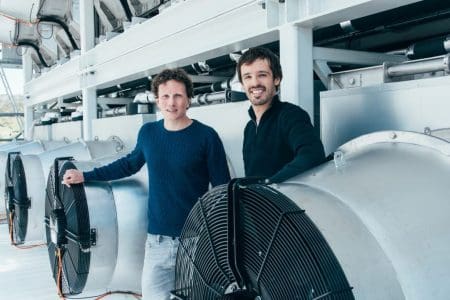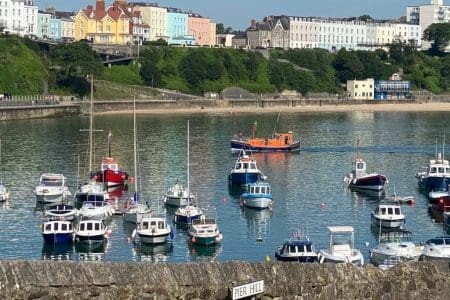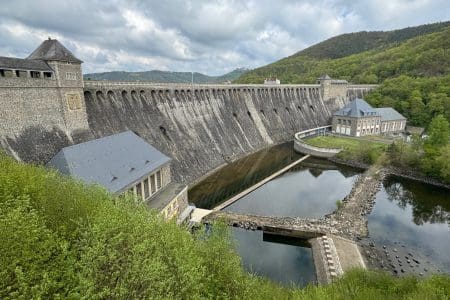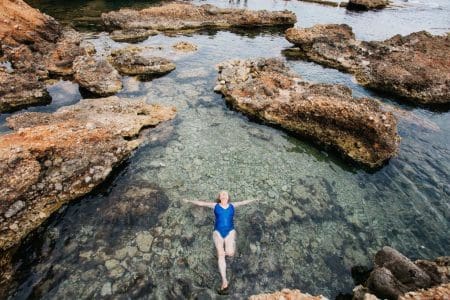Travel Begins at 40 talks with Birgit Grauvogel, CEO of the Saarland Tourist Board, Germany about how the region became a sustainable travel destination, and why this is just the beginning not the end.
What does sustainable tourism mean to you?
For us, sustainable tourism means developing our tourist offers and infrastructure in such a way that our regional cultural treasures are preserved and promoted, and serve to protect and preserve nature. The aim is to develop tourism in such a way that sensible natural areas are not endangered, everyone is able to participate in tourism, and still economically attractive and socially acceptable jobs are created.
I understand that Saarland is the only federal state to be certified a sustainable travel destination, what did this involve?
TourCert was commissioned by the Saarland Tourist Office to check whether the Saarland travel destination, and also the Saarland Tourist Office’s regional marketing organisation, are planning and acting sustainably. A total of eight criteria were examined: strategy and planning, destination development, economic security, local prosperity, protection of nature and the environment, resource management, culture and identity, as well as the common good and quality of life.
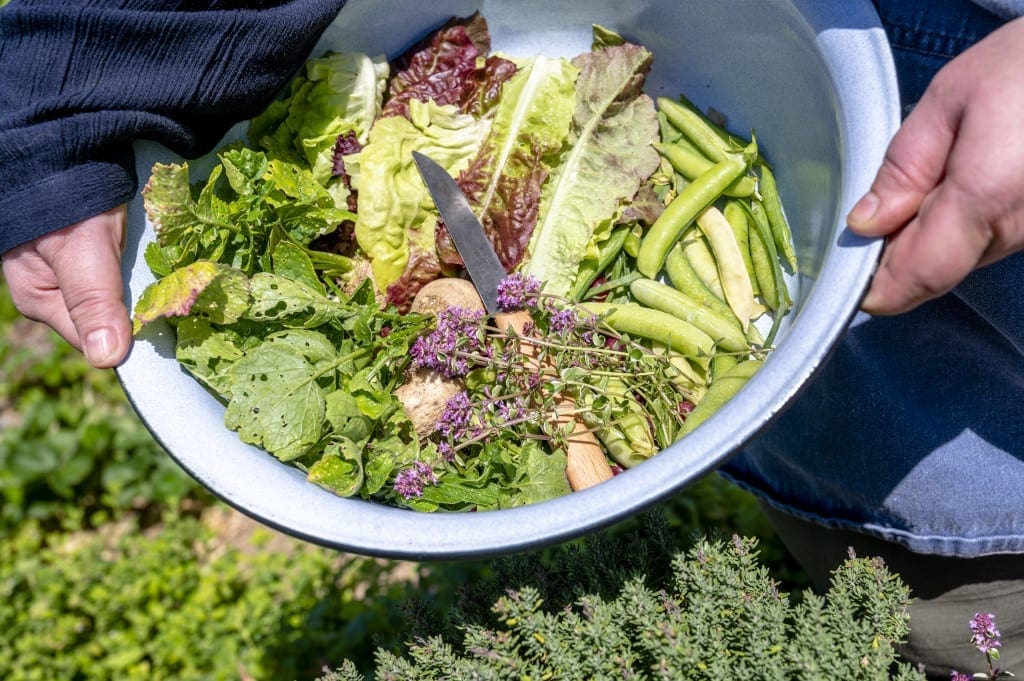
What measures did you take to achieve your TourCert sustainable travel destination?
We have drawn up an extensive list of tasks in order to further develop the Saarland as a travel destination in terms of climate and species protection in a way that is gentle on the region but enables tourism. The focus is on topics such as the sustainable mobility of guests, the promotion of seasonal, regional products and economic cycles, and CO² savings through short distances.
How does being a sustainable destination support the local community?
Involving local communities is very important when we talk about sustainable tourism. With the Genuss Region Saarland project, for example, we have created an initiative that makes the special food culture in Saarland visible and tangible. Producing regional culinary products and using them to create taste experiences for the guest – that only works if producers, hospitality and refiners work together with heart and soul. Not only does the guest benefit from these networks, the local population is equally important. This also applies to areas such as environmentally friendly mobility concepts, accessibility and CO² savings.
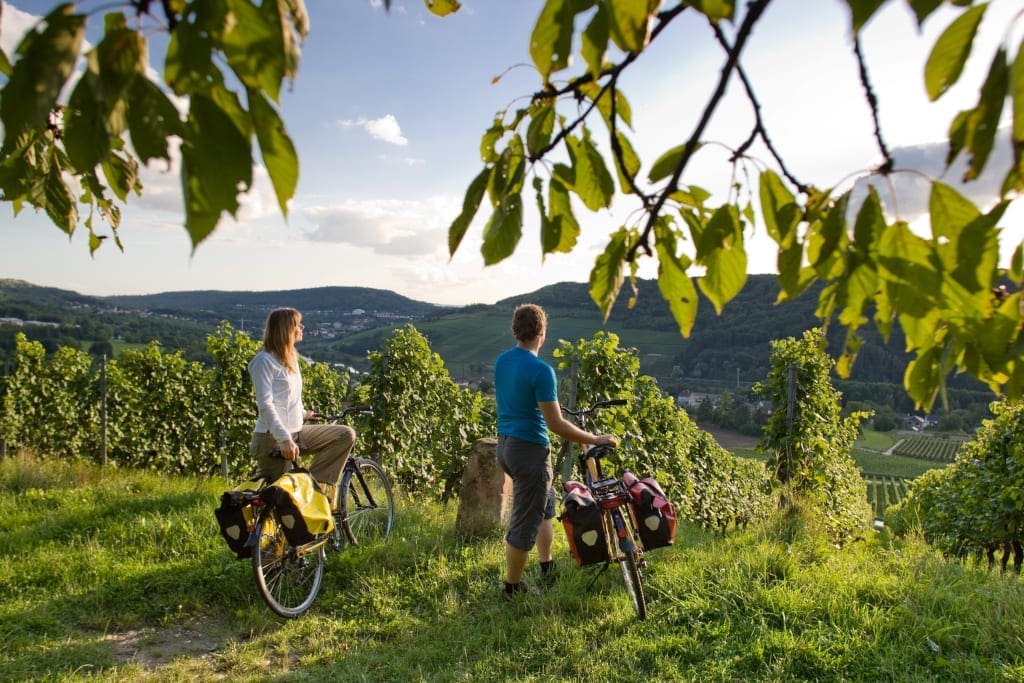
Can you identify sustainable activities for visitors to Saarland?
We offer more than 70 premium hiking trails and a cycle path network that runs around 700 kilometres, away from the main traffic routes. In addition, experiencing nature plays a major role in Saarland. As the smallest federal state, we have a large number of natural landscapes that are unique in Germany.
The cross-border Hunsrück-Hochwald National Park was created in 2015, embedded in the Saar-Hunsrück Nature Park, which consists of both Saarland and Rhineland-Palatinate areas. The Bliesgau biosphere in the southeast has long been an insider tip among the UNESCO biosphere reserves. And as early as 1995, NABU (Nature and Biodiversity Conservation Union) started a nationwide campaign, from which the forest protection area Primeval Forest at the Gates of the City developed in Saarland. The 1,011 hectare forest area with nature experience centre is located on the outskirts of the state capital Saarbrücken.
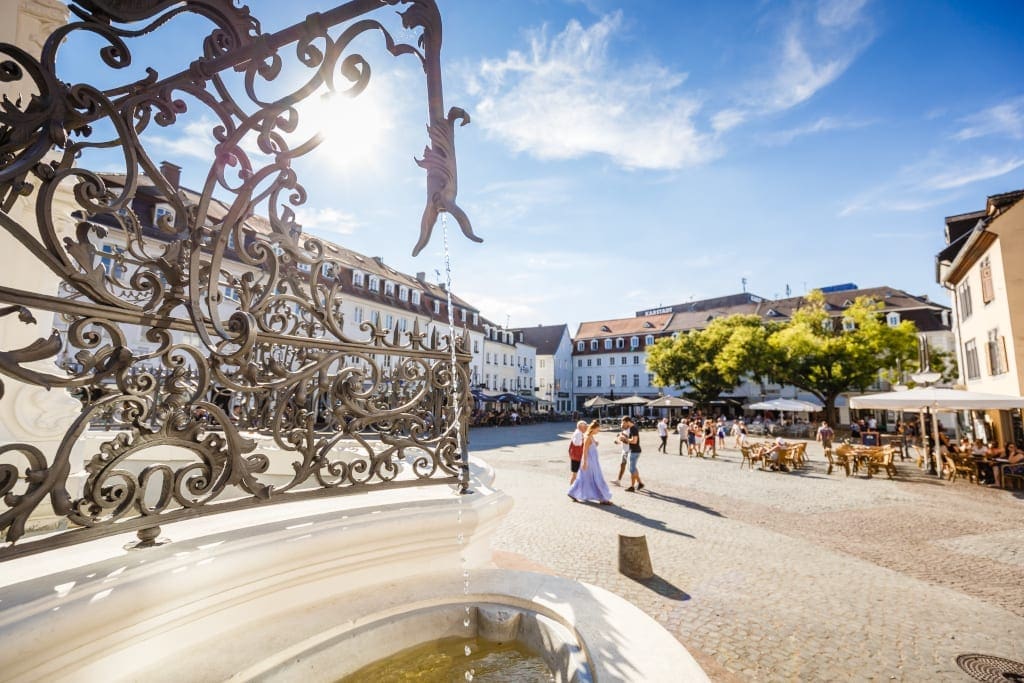
Also, Saarland is by far the nationwide leader in organic farming. Almost 20 percent, i.e. 14,000 hectares of the agricultural area, is currently (2021) farmed according to ecological criteria.
What are the other major attractions of Saarland to the visitor?
In addition to the natural and active themes and the culinary experiences already mentioned above, the main attractions are the Saar Loop (see main image), the Völklinger Hütte World Heritage Site, and the state capital Saarbrücken with its baroque history and lively cultural life.
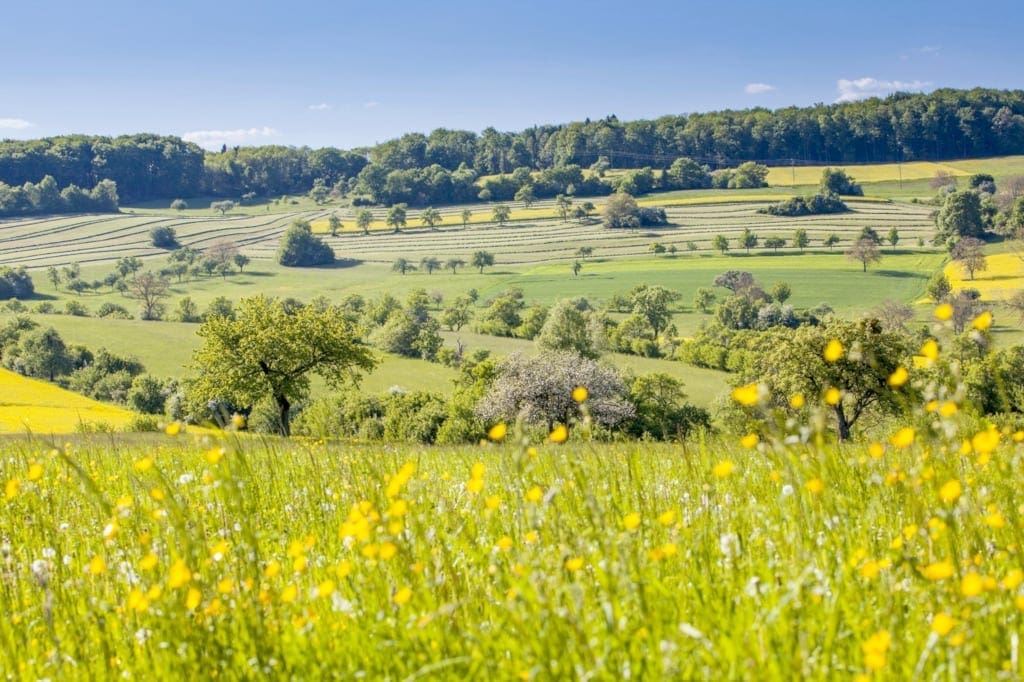
How has Covid changed the way that you view travel and tourism?
Covid has shown how important active climate protection is for our future and thus also for the future of travel. A review of the structures and targeted actions are fundamental in tourism for the continuation of travel.
What proposals do you have for the future?
It is important to drive forward a strategic and continuous sustainability development in Saarland and to establish the topic through the entire tourism value chain. The need to live more consciously and sustainably is increasing in society. Tourism has to find answers to this, because nature and its preservation are also important to our guests. The “sustainable travel destination” seal enables us to design holidays and trips in the Saarland in the future in such a way that a positive influence is felt in the entire region. The Sustainable Travel Destination award is the beginning.
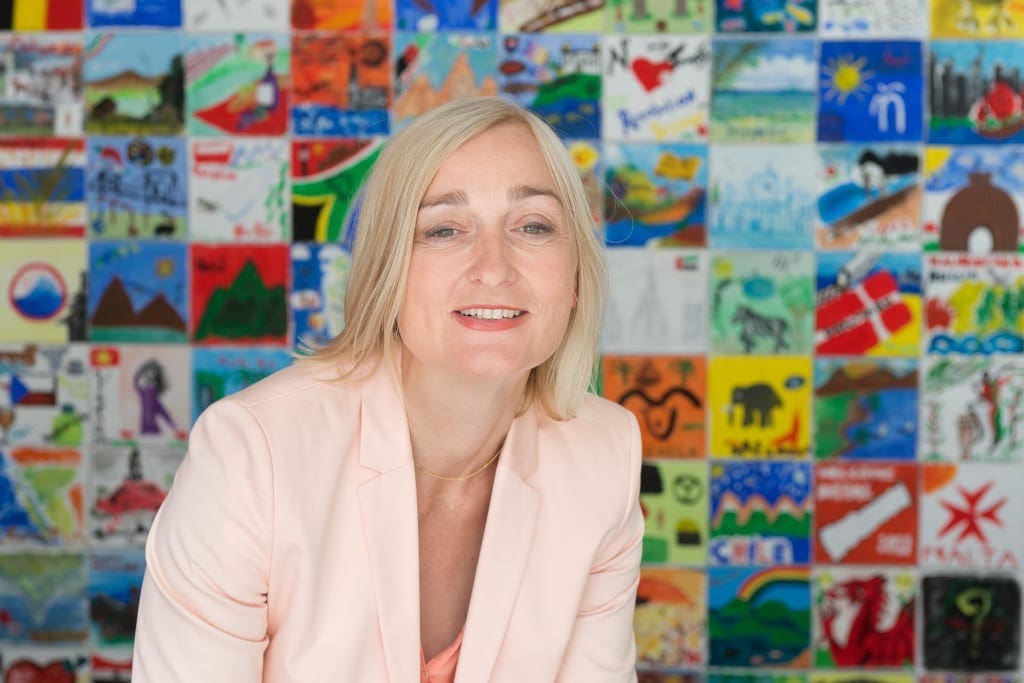
For more information on Saarland
Visit: https://www.visitsaarland.co.uk/. Main image of Mettlach-Orscholz Saar Loop by Jens Wegener, courtesy of GNTO. Background image: View of the Saar loop from the Portaledges in the tree by Jens Wegener, courtesy of GNTO.
